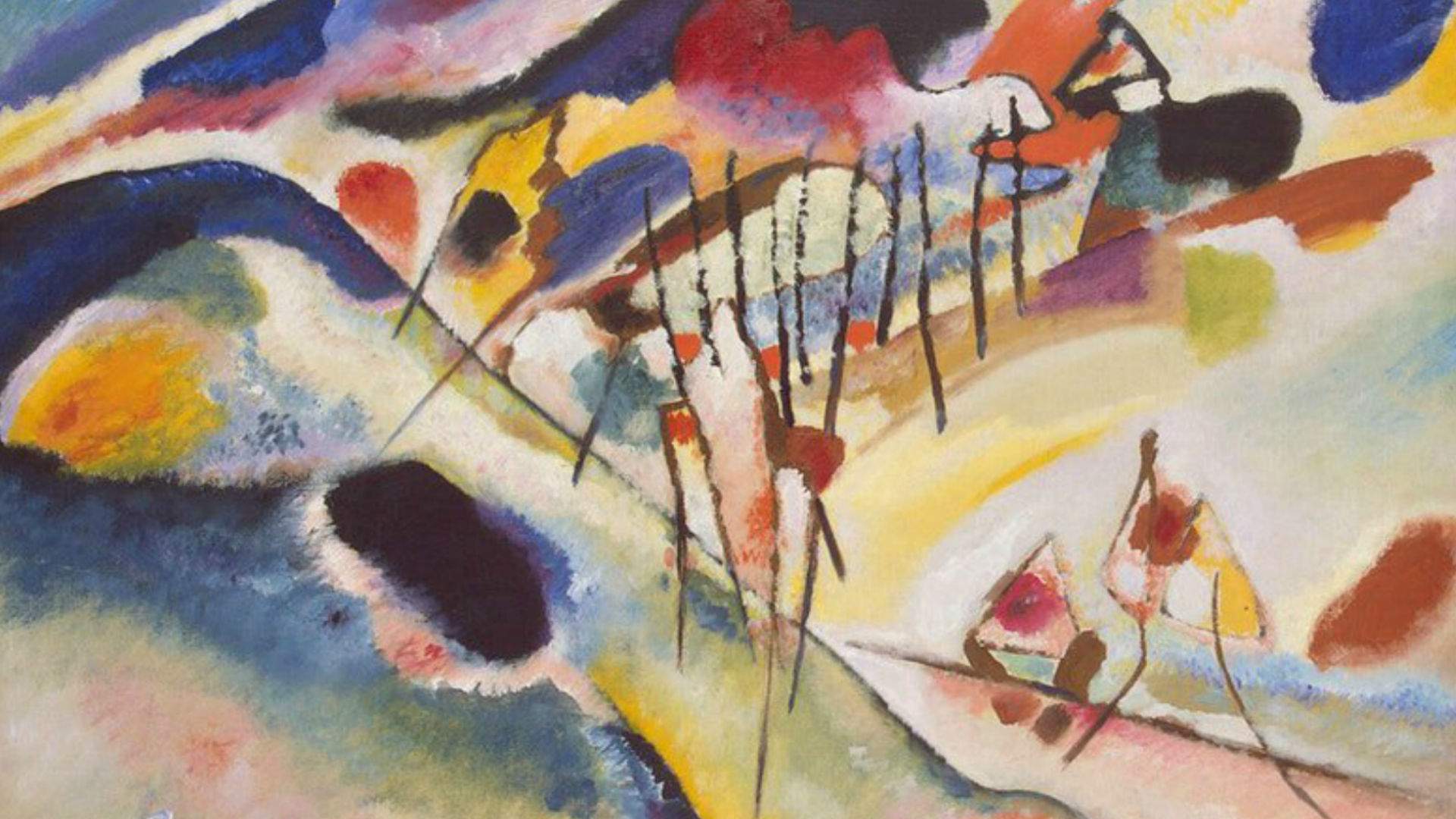Five Renowned Artists You'll See at the AGNSW's Latest Exhibition of Modern Art Masters
Get up close and personal with the painters who changed the course of modern art forever.
In partnership with
The infectious energy buzzing through the Masters of Modern Art from the Hermitage exhibition at the Art Gallery of New South Wales is almost palpable. Walking among the 65 spine-tingling works by late 19th- and early 20th-century European modern masters, it's as if the creative power, joyous imagination and sheer guts it took to create them is seeping out of the paintings themselves. Basically, it's the artistic equivalent of downing a triple espresso.
Visiting from the State Hermitage Museum in St Petersburg until Sunday, March 3, the show is a rare opportunity to come face-to-face with iconic paintings that heralded in a new way of seeing. From Monet to Picasso, these artists abandoned realism to embrace the subjective, the abstract and the internal — sparking a defining moment in art history. There's certainly a lot to take in at this bold, colourful and exciting exhibition. So, to help you plan your arty escapade, we've rounded up five of the groundbreaking artists whose work you must see in the flesh this summer. Run, don't walk.

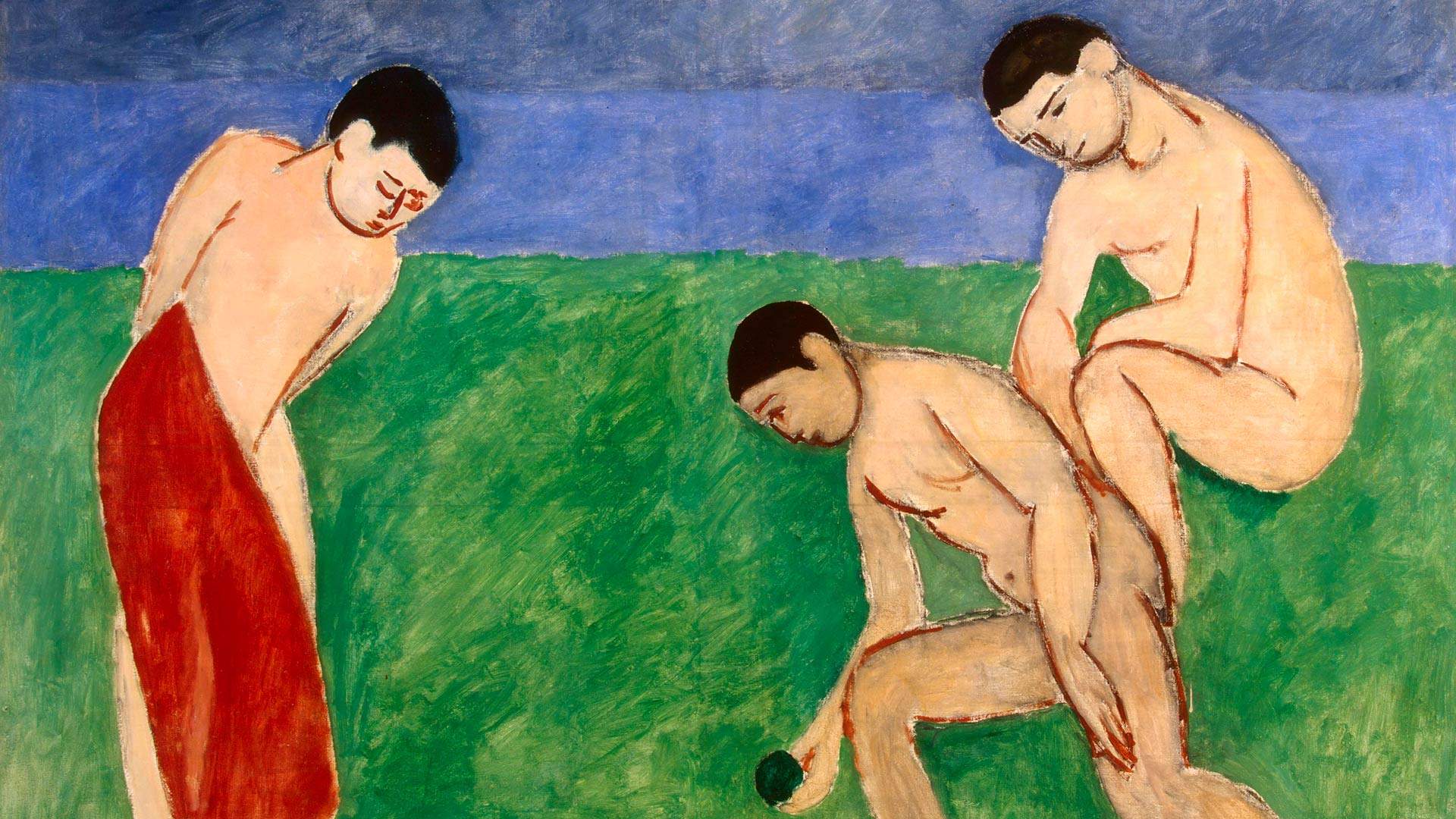
Henri Matisse 'Game of bowls' 1908, The State Hermitage Museum, St Petersburg © Succession H Matisse/Copyright Agency, 2018. Photo: The State Hermitage Museum, St Petersburg 2018, Vladimir Terebenin.
HENRI MATISSE
A leader of the fauvism art movement. You may know him for his use of vibrant colour.
More than two-thirds of the paintings you'll see in this exhibition are drawn from the jaw-dropping collections of just two people: Sergey Shchukin and Ivan Morozov. These Russian businessmen were passionate champions of the French modern masters — and obviously had super deep pockets. For Shchukin, the cream of the arty crop was Henri Matisse, whose paintings Shchukin called "a festival of exultant colours" — yeah, we'll pay that. A pioneer of fauvism, Matisse liberated colour from its traditional use of representing real life and used it to convey mood, emotion and personal expression instead.
At the exhibition, you'll get to see works like The Luxembourg Gardens (1901) with its bold zones of colour recalling Gauguin (another master of colour), the intriguingly simple Woman on a Terrace (1906) and A Game of Bowls (1908), which was painted during a time when Matisse was fascinated with primitive art and mankind's prehistoric past. Hot tip: Don't miss the immersive video installation by artist Saskia Boddeke and British filmmaker Peter Greenaway. The piece explores the relationship between Shchukin and Matisse, detailing the massive impact ol' Henri's work had on young Russian artists and the importance of Shchukin's public collection.

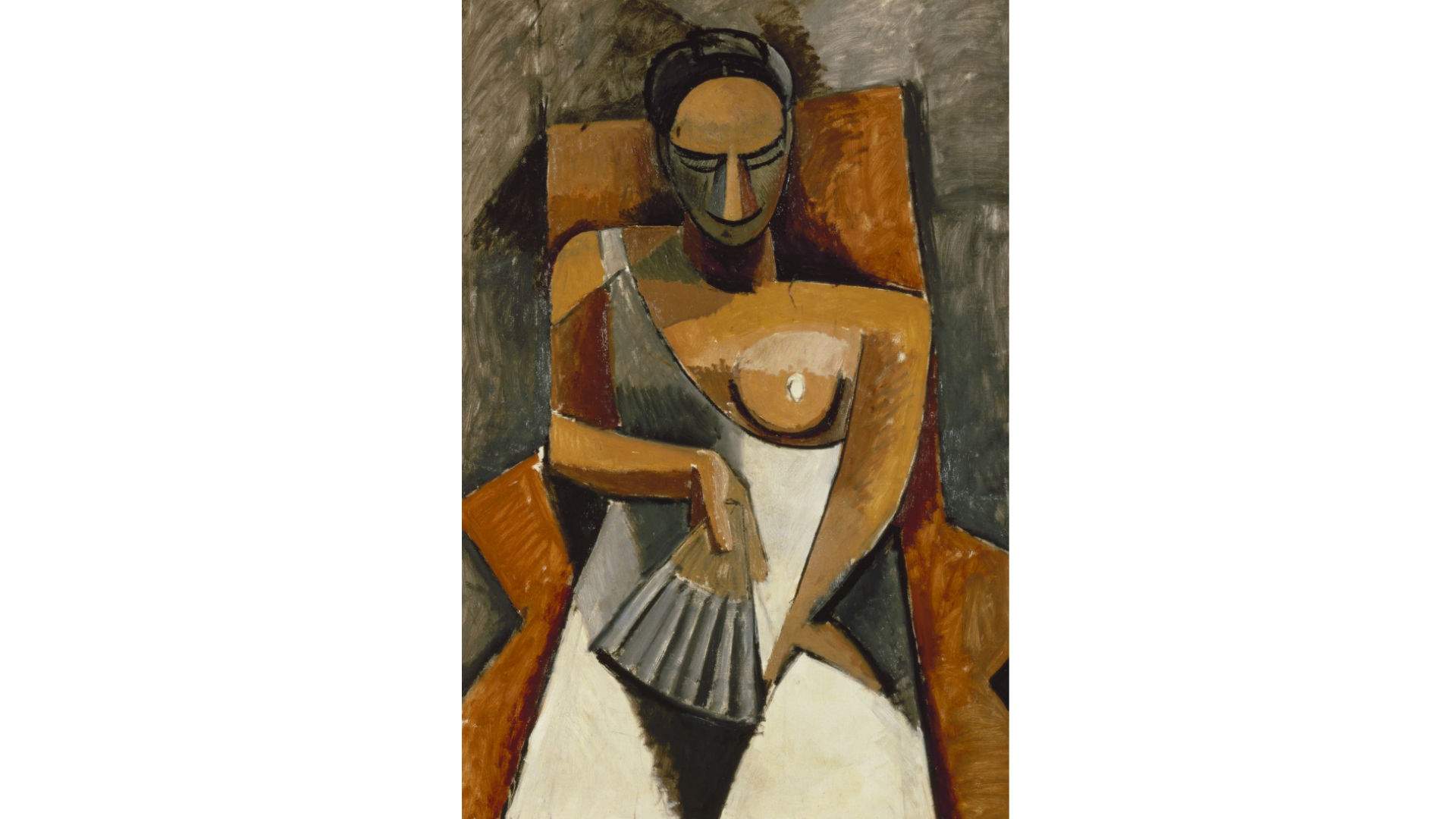
Pablo Picasso 'Woman with a fan' 1908, The State Hermitage Museum, St Petersburg © Pablo Picasso/Succession Pablo Picasso/Copyright Agency 2018. Photo: The State Hermitage Museum 2018, Vladimir Terebenin, Leonard Kheifets and Yuri Mololkovets.
PABLO PICASSO
One of the most influential artists of last century. You may know him for his cubist works.
If you're one of those people who just doesn't get the fuss around Pablo Picasso, you're not alone. Apparently, Sergey Shchukin felt the same way. At first, at least, then Shchukin went on to find himself possessed "as if through hypnosis or magic" by the co-founder of cubism. In fact, all eight Picassos in the exhibition are from Shchukin's collection, so it's reasonable to assume he understood the progressive Spanish artist was doing something radically significant. Gallery goers can move through the years — from the blue period with Woman's Head (Portrait of Genevieve) (1902/3) to the complex geometry of Woman with a Fan (1908) to the surprise of Fruit Bowl, Cut Pear and Bunch of Grapes (1914) — and get a sense of how Picasso's style developed from a symbolism-inspired approach to the radical innovation of cubism. Those with a penchant for sketching should head along to the Drawing Picasso workshops (February 2 and 16); the sessions give you a chance to draw cubist masterpieces before seeing the exhibition, with a little help from an expert eye.
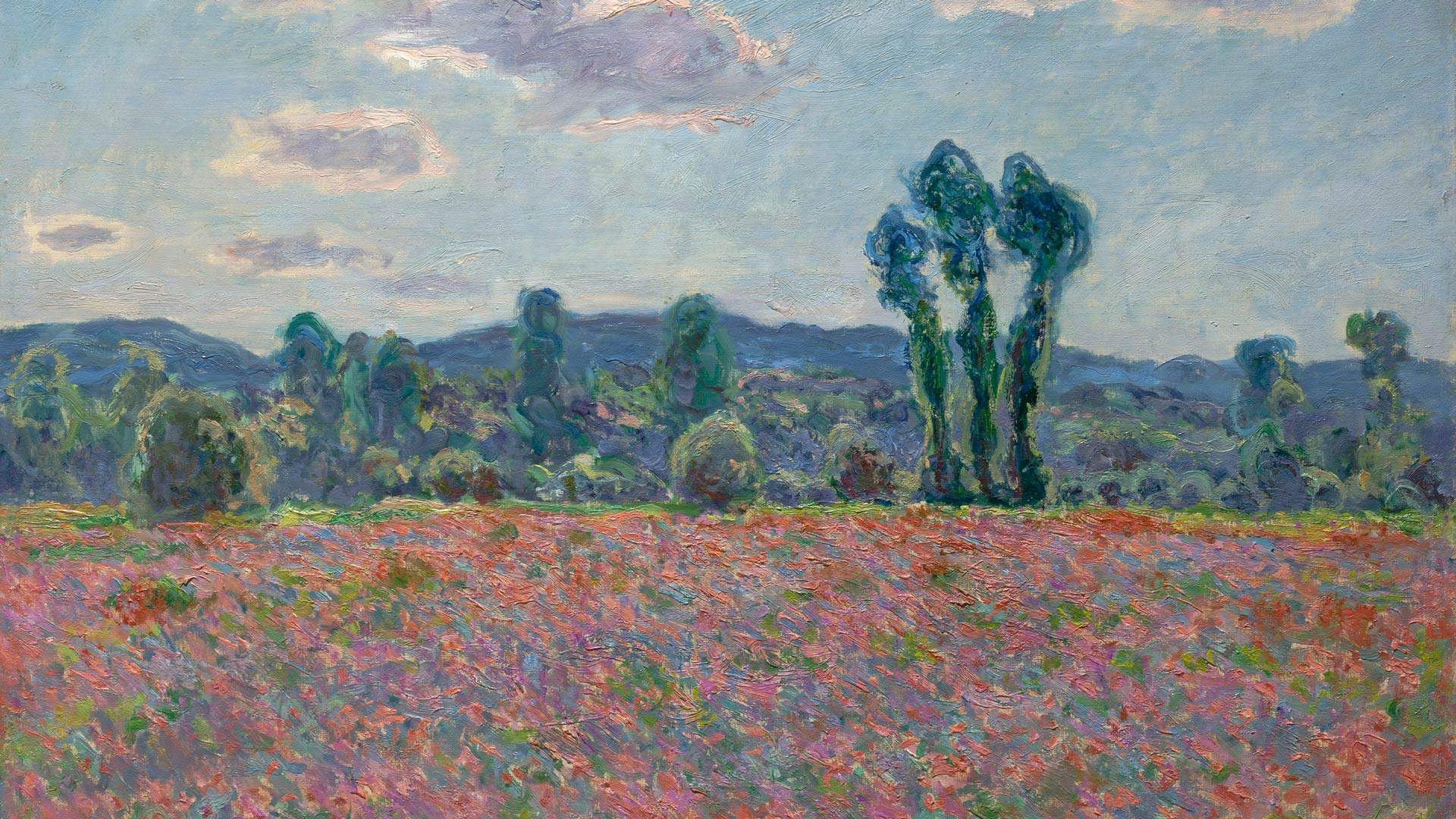
Claude Monet France 'Poppy field' 1890/91, The State Hermitage Museum, St Petersburg. Photo: The State Hermitage Museum 2018, Pavel Demidov and Konstantin Sinyavsky.
CLAUDE MONET
The father of impressionism. You may know him for his water lilies and dappled garden paintings.
Responsible for giving the impressionist movement its very name, Claude Monet broke away from the artistic shackles of the prestigious and regimented Salon de Paris and was all about plein air paintings that conveyed the nuanced qualities of the natural world. He worked quickly, painting the same scene multiple times to capture the influence that time, light, atmosphere, even season, could have on the environment. Monet's wonderfully loose brushstrokes and gorgeous use of colour are on fine display in this exhibition, which includes works like the dazzlingly Poppy Field (1890/91) with its overlapping brushstrokes and scarlet poppies that, well, pop against a striking blue sky and Waterloo Bridge, Effect of Fog (1903), which boasts iridescent lilacs and dreamy, marshmallow-hued fog (it's quite possibly the most beautiful depiction of pollution ever painted). If you're feeling inspired, you can head along to a Modern Makers workshop and create your own mini Monet-inspired artwork. The workshops are taking place Wednesday evenings on November 14, 21 and 28, materials and chill beats provided.
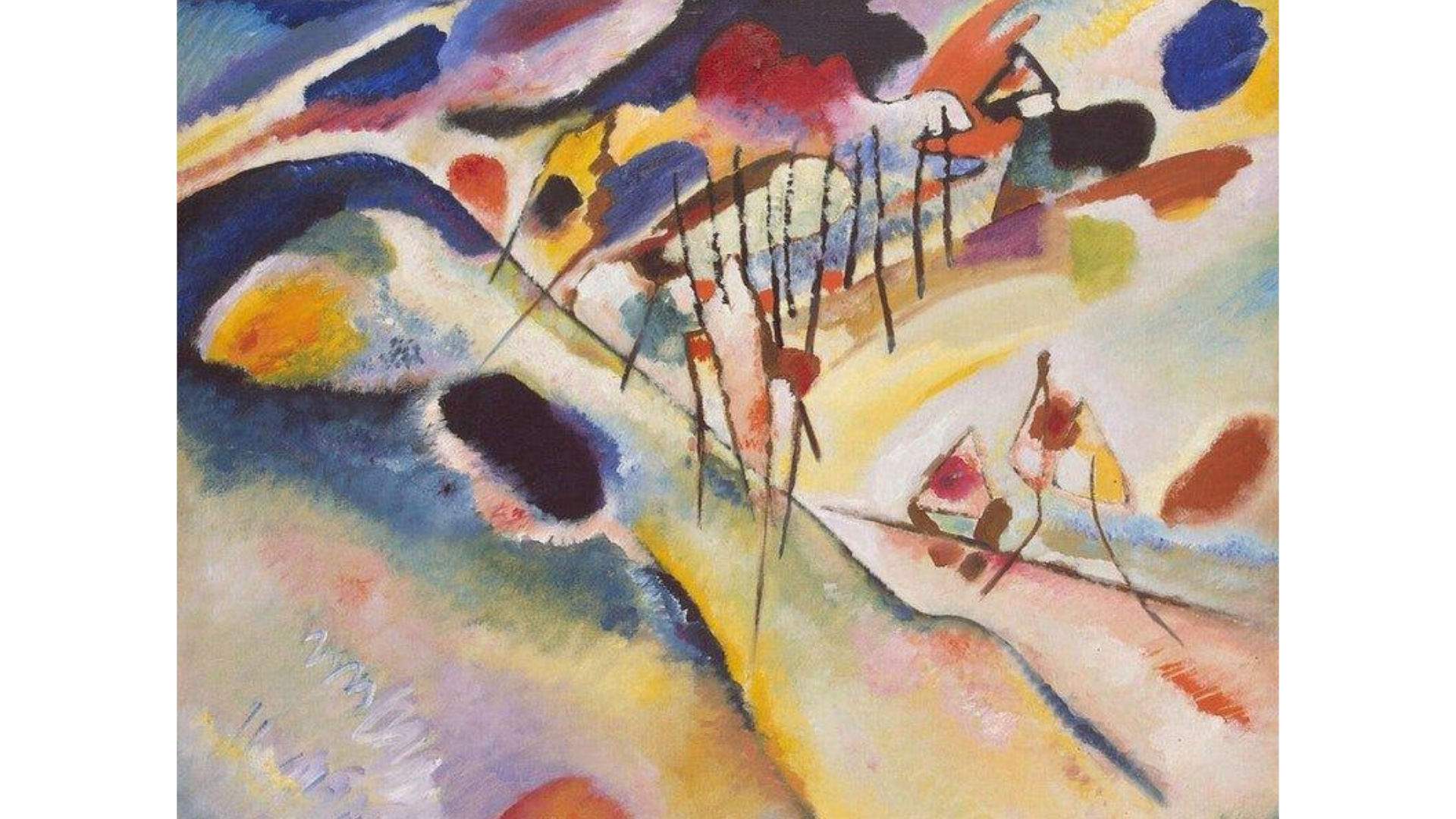
Wassily Kandinsky 'Landscape: Dünaberg near Murnau' 1913, The State Hermitage Museum, St Petersburg. Photo: The State Hermitage Museum 2018, Vladimir Terebenin.
WASSILY KANDINSKY
A pioneer of avant-garde art. You may know him for his colourful, abstract watercolours.
Moscow-born Wassily Kandinsky was originally intended for a career in law and economics and didn't commit seriously to art until he was 30 years old. (He's since become the patron saint of all lawyers who quit their jobs to study painting.) While he might've been a bit of a late bloomer, it's hard to imagine the birth of abstract art without him. A deeply spiritual man, Kandinsky saw painting as an alternative pathway to a spiritual reality. It wasn't about representing the visible world, but the inner world. To him, painting was a kind of prophecy that could transcend physical and cultural barriers. We like your style, Kandi.
Stand in front of the incredible Sketch for 'Composition V' (1911) and allow yourself to respond emotionally not intellectually, to the colours, shapes and lines — odds are you'll think of music. Kandinsky himself sensed this emotional kinship, stating "the artist is the hand that plays, touching one key or another, to cause vibrations in the soul". If that idea strikes a chord (pun intended), you might want to sign up for Art in Mind: Modern Art and Music — a two-part course taking place at the gallery in February that combines music and mindfulness to heighten your sensory appreciation of the artworks.
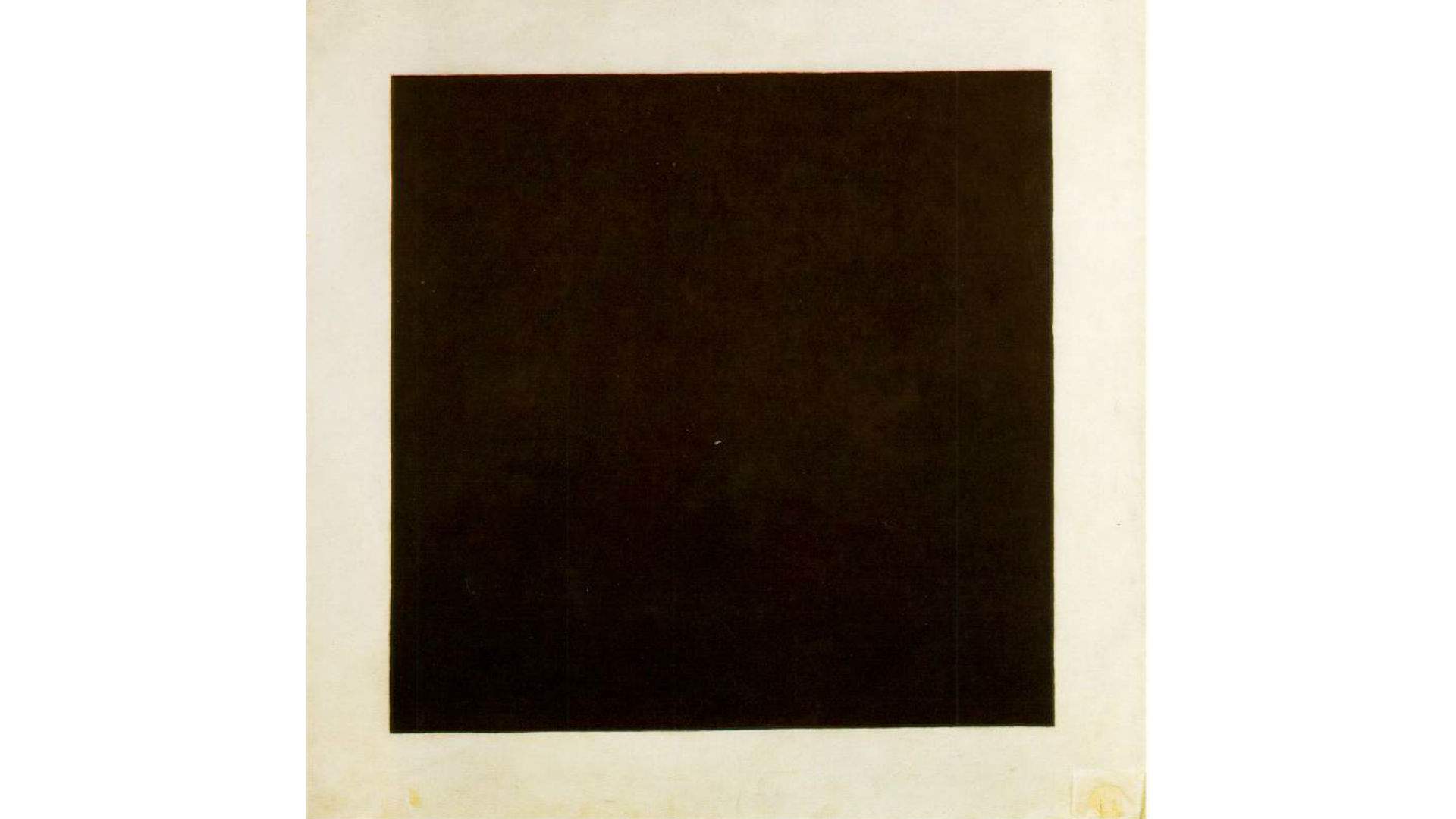
Kazimir Malevich 'Black square' c1932, The State Hermitage Museum, St Petersburg. Photo: The State Hermitage Museum 2018, Vladimir Terebenin.
KAZIMIR MALEVICH
An artist at one point banned from making art. You may know him for his highly abstract work.
When you're standing in the final room of the exhibition, admiring Kazimir Malevich's famous Black Square (c1932), there's a chance that a small child, who's already seen 64 paintings and is ready for a nap, will shout "it's just a square and it's boring". Well, yes, it is just a square, but it's certainly not boring. Painted in 1915, during the turbulent period between the outbreak of WWI and the Russian Revolution, the original incarnation of Black Square (the one you're seeing is the fourth and final version) was the most radically abstract painting people had ever seen. And, the piece still provokes conversation today. Banned from making art and briefly imprisoned under Stalin's government, Malevich's square is also a reminder of the subversive power of the artist — how something so seemingly simple, even "boring", can be revolutionary. What will you see in the work? A window? A symbol of endless possibility? A void you feel like you could almost fall into? Maybe, you'll just see a black square on a white canvas. That's cool, there's no right answer. Malevich believed that "the significant thing is feeling" and within his suprematist movement, he created art that wasn't about painting something but about the painting itself. Forget reality, this is about the supremacy of pure emotion.

Masters of Modern Art from the Hermitage will run at Art Gallery of NSW till Sunday, March 3. Tickets are $28 and can be purchased online or at the door. For the full program of events around the exhibition, head here.
